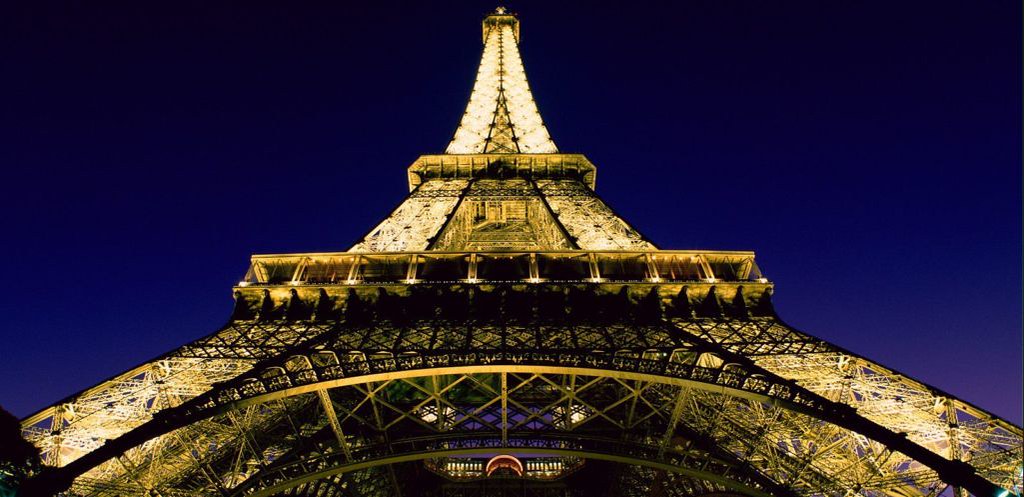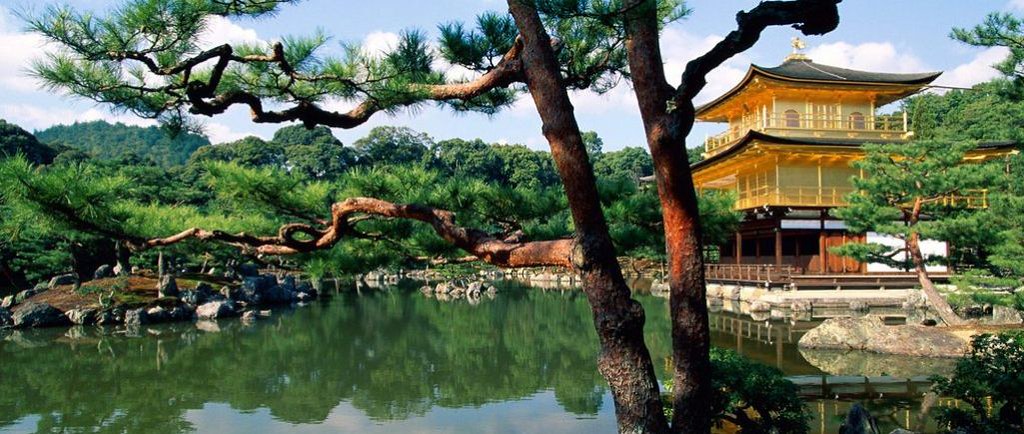 |
| USA |
For many Americans, Hawaii is a vacation destination too good to pass up.
The tropical weather and unique culture are endlessly alluring and being able to enjoy this island
lifestyle without the hassle of international travel is simply a dream come true. Regional and
cultural differences can be intimidating, however, so brush up on some basic travel information to
head off anxiety.
When to go
There are really only two seasons in Hawaii: summer and winter. Both are warm, but the winter months have considerably more rain. In some areas of the Hawaiian Islands, it rains every day during this time of year, but usually no longer than for three days straight in one particular spot. Despite the rain, the high tourist season falls during Hawaii's winter months and the low season during the summer. During the high seasons the islands will be more crowded with tourists trying to escape the cold weather of the more northern regions. Hotels, resorts, and other businesses on the island use this time to increase their prices, while during the low tourism season, vacationers will be able to find accommodations at discounted rates.
The peak tourism season in Hawaii starts in the middle of December up until either the end of
March or mid-April. During this time Hawaii is a very popular vacation destination, particularly
during the last two weeks of December. Temperatures in other parts of the world are at their lowest
then, but Hawaii is maintains a daytime temperature of about 78 degrees Fahrenheit. If you plan on
visiting any of the islands during this time, you must make your reservations well in advanced, as
many hotels and resorts will sell out. Also, along with the crowds, you should expect higher rates
not only at the hotels, but also from the airlines and car rental companies.
Ironically, the best time to visit Hawaii may be during the off season which falls between the
middle of April until the middle of June, and then from September until the middle of December. The
number of tourists visiting the islands drops drastically during this time of year, so there are
fewer crowds. With fewer visitors, hotel and airline rates decrease significantly and vacationers
can find better travel packages. The weather during the off season is also better and more
reliable, since there is less rainfall than during the winter months. If you're looking to save
money on your trip, avoid large crowds, or enjoy a little more sunshine during your stay then this
may be the best time for you to travel to Hawaii.
Etiquette
Hawaii is one of the most ethnically diverse locations in the United States. This blending of cultures has helped the create the seductive island flavor that makes it so unique, but it also means that visitors should take the time to educate themselves a bit about any unusual customs they may encounter.
Travelers should not forget that Hawaii is a U.S. state – it is not only ignorant but also
offensive to refer only to the mainland as America or insinuate that people living in the islands
are not U.S. citizens. One should also be mindful of the fact that only native people are called
Hawaiians. Others will generally refer to themselves as residents of Hawaii, an example that should
be followed by vacationers.
Several rules will also come in handy if you are to be a guest in someone's home. For one thing,
it is generally thought to be polite to bring a small gift of some sort to your host. In addition,
local custom dictates that you remove your shoes before entering any residence, as doing so is a
sign of respect and consideration.
Learning about the differences in etiquette and the unique geographical features of each of the
six main islands of Hawaii can help you to prevent unpleasant surprises during your trip.
Text source [1]











0 comments:
Post a Comment
Welcome and thanks for leaving a comment